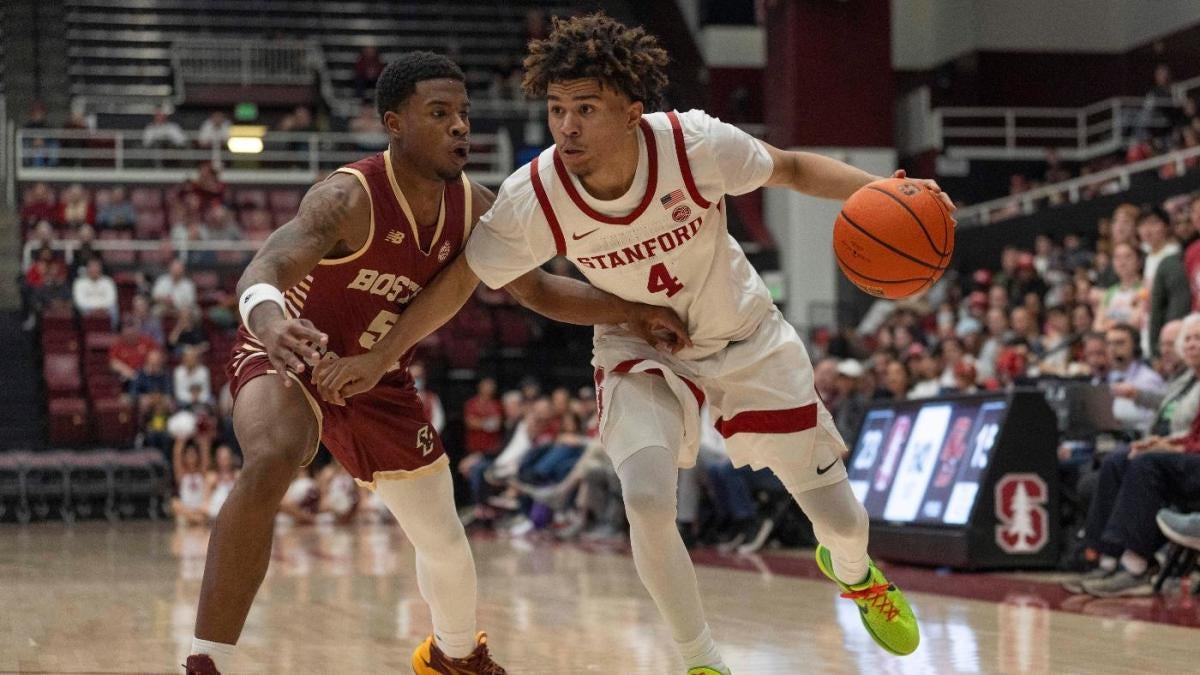When Gopal Vittal took over the Indian operations of Bharti Airtel in March 2013, telecom was a cut-throat industry of 13 companies, each trying to undercut on price and outbid in buying airwaves. Airtel was a leader in a scattered industry in the throes of change and turmoil. When he relinquishes his top position in January 2026, an intent announced last week, Vittal will leave an operation that doubled down on the big challenges over the past decade—Reliance Jio’s entry, regulations, litigation and technology advances—to come out as one of the two players that truly matter in Indian telecom today.
Back in March 2013, though Sunil Mittal-promoted Airtel was the market leader, there was a feeling of siege. Airtel had lost share in a growing market for three years. It was challenged with a $9-billion buy of Zain’s African business in March 2010. Three months later, in India, it had paid big to buy spectrum for a certain technology, only to learn that Mukesh Ambani’s Reliance would be making a cheaper, and full-fledged, entry into telecom via another technology.
Jio’s entry, with deep pockets and an all-in approach, had huge implications. The number of operators reduced to six by March 2020. Airtel’s monthly average revenue per user (Arpu) dipped from ₹193 in March 2013 to ₹114 in March 2017, six months after Jio’s launch. Eventually, Jio and Airtel called a truce, and Airtel’s Arpu started improving. As did its share performance.
Fine balance
While it’s only in 2024 that the Airtel stock has outperformed the broad market, the base for that was the painstaking work it put in for a decade on three levels. First, to keep acquiring subscribers and keep growing. Second, to keep investing in the telecom business, where the prism was changing fast from voice services to data services. This meant taking on debt. Third, to run the business profitably so that free cash flows could service the additional debt.
Airtel has managed that deft balance of current operations and future expansion. In the 11-year period to 2023-24, Airtel’s consolidated revenues—of which, India accounted for 60-65%—increased at an average rate of 7.4%. But its operating earnings increased faster, at 12.2%, implying it was able to make its assets sweat more. This gave it the cushion to expand its debt at an average rate of 11.5% in this period.
3G to 4G to 5G
Airtel had to keep pace with advances in technology, and offer faster data services. The 2010 auctions saw the entry of Reliance by stealth via the purchase of HFCL immediately after the latter acquired all-India broadband wireless access (BWA) spectrum. In those auctions, operators were principally buying 3G spectrum. In the ensuing years, technology transited to later-generation 4G and 5G services.
Keeping pace with technological advances, acquiring additional customers, managing the explosion in data consumption and stopping Jio from weaning away customers, especially in the post-paid segment, meant constantly investing in the business. Between 2012-13 and 2023-24, the capital employed by Airtel increased at an average pace of about 9%, from ₹1.08 trillion to ₹2.86 trillion in 2023-24. Airtel’s net debt increased from about ₹58,000 crore to ₹2.04 trillion. But its ability to service that debt, after dipping, has improved in the last three years.
Due dates
Airtel’s next big challenge lies in the form of dues arising from revenue sharing it has to pay to the government by 2031. In 2019, the Supreme Court asked a clutch of older operators, notably Airtel and Vodafone Idea, to clear about ₹1.47 trillion of disputed dues. The operators’ curative petition challenging the calculation was rejected by the court in September.
The telecom department has estimated Airtel’s dues at ₹43,980 crore. The good thing for it is that its core business is ticking along. The “industry mayhem of sorts”, as Vittal once referred to the period of cut and thrust in the sector coinciding with Jio’s launch, is mostly a thing of the past. One measure of this is the steady and consistent improvement in Airtel’s ARPUs. It’s been a bruising period, and the low-key Vittal has been at the heart of it.
www.howindialives.com is a database and search engine for public data.
Also Read: 30 years of heft: How Tata, Reliance survived the post-1991 scare
















